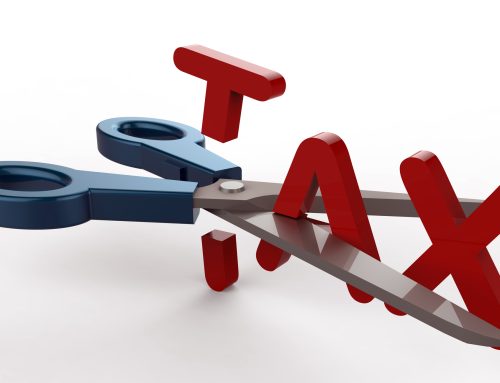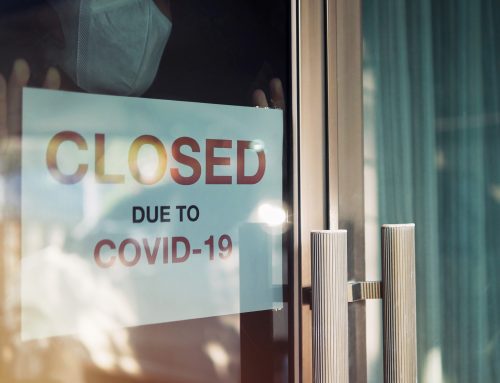As far as the Coronavirus Job Retention Scheme is concerned, it is all change from 1 July 2020. From that date, employees can be flexibly furloughed allowing furloughed employees to return to work part time and be furloughed for their usual hours that they do not work. The employer pays the employee for the hours that they work and claims a furlough grant for the furloughed hours. The employee continues to receive ‘minimum furlough pay’ for the furloughed hours, equal to 80% of their pay up to the maximum amount equivalent to £2,500 a month.
Conditions
There are, however, conditions. From 1 July, a grant claim can only be made if the employee was previously furloughed for at least three consecutive weeks before 1 March 2020 and 30 June 2020. This means that a grant cannot be claimed for an employee who has been working reduced hours throughout (although a furloughed employee can be brought back on the same reduced hours and a grant claimed).
Employers to start meeting costs
Although employees will continue to receive 80% of their wages based for their furlough hours up to the maximum amount (equivalent to £2,500 per month), the employer will start to meet some of the costs from 1 August. Prior to that date, employers can claim the employer’s National Insurance due on the grant amount and also the associated minimum pension contributions due under auto-enrolment. However, for pay periods starting on or after 1 August 2020, employers must meet this cost.
The amount that the employer can claim for furloughed hours is reduced to 70% of the employee’s pay (up to maximum equivalent to £2,187.50 per month). For October, this reduces to 60% of the employee’s pay (up to a maximum equivalent to £1,875 per month). The employer must top up the grant so that the employee receives 80% of their wages up to the maximum amount.
The scheme comes to an end on 31 October 2020.
Doing the sums
Flexible furloughing introduces some more complex calculations; although help is available on how to do the sums on the Gov.uk website.
The starting point is to work out the employee’s usual hours, furloughed hours and minimum furlough pay. Guidance on the Gov.uk website explains how to do this. From 1 July onwards, claims must start and end in the same calendar month. If the pay period spans two months, it must be split into two separate claims. This is because the amount that can be claimed is different each month from July onwards.
The furlough hours are the usual hours less the hours that the employee has worked in the month.
The minimum furlough pay is the lesser of 80% of the pay for the pay period and the maximum amount, divided by the employee’s usual hours and multiplied by the furlough hours.
Example
In August 2020 an employee, who has been furloughed since 1 April, returns to work on flexible furlough. The employee’s usual hours for the month are 164 hours and the employee actually works 80 hours. The employee’s furlough hours are therefore 84 hours (164 hours less 80 hours).
The employee’s usual pay is £2,000 per month. As 80% of this (at £1,800) is less than the maximum amount of £2,500 per month, this is used to work out the minimum furlough pay.
The minimum furlough pay is £1,800 x 84/164 = £921.95.
This is the amount that the employer can claim for August.
For September, the claim is 70/80th of the minimum furlough pay and for October the claim is 60/80th of the minimum furlough pay. The employer must make up the shortfall so that the employee receives 80% of their pay for the furloughed hours.






